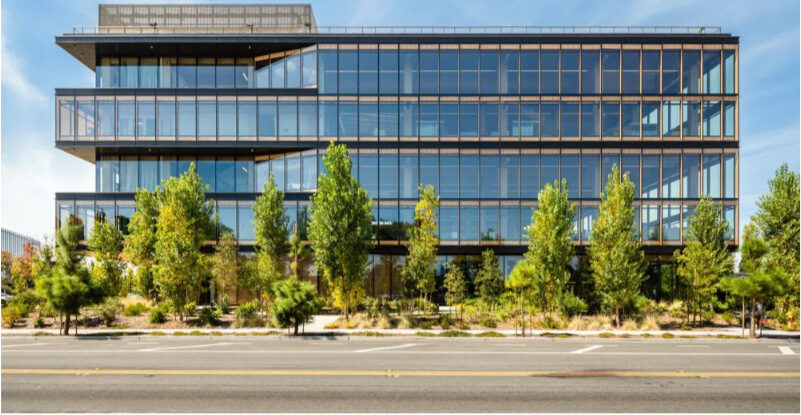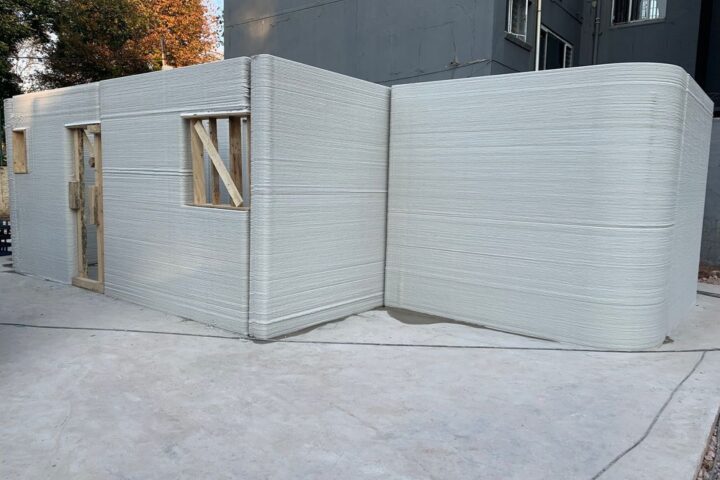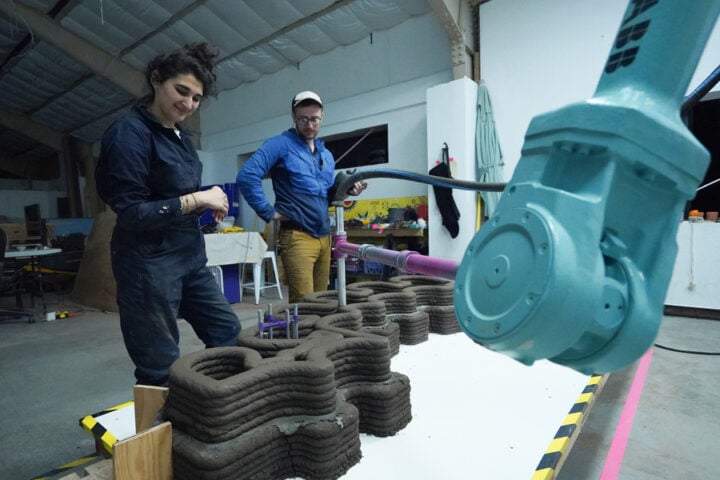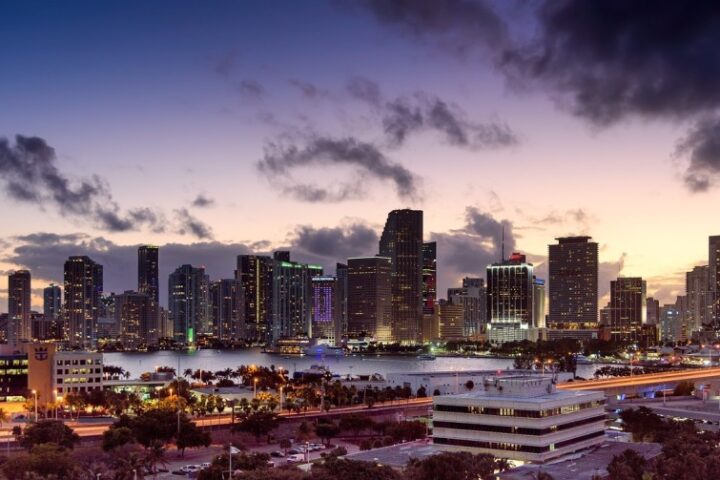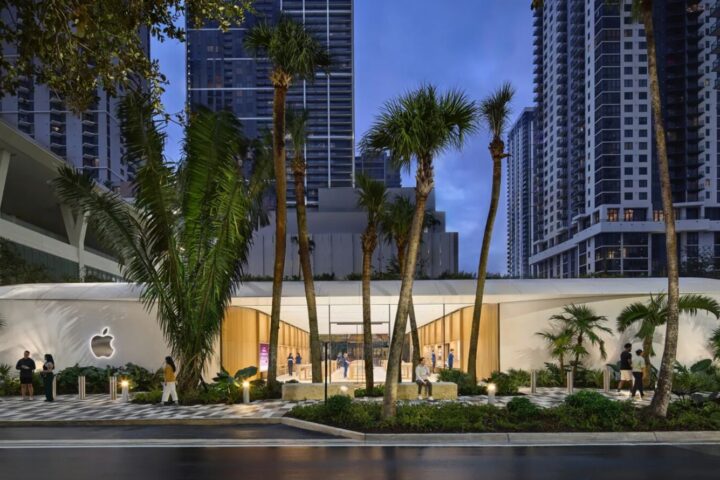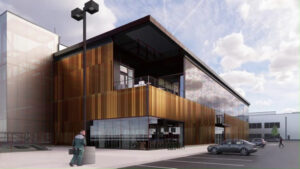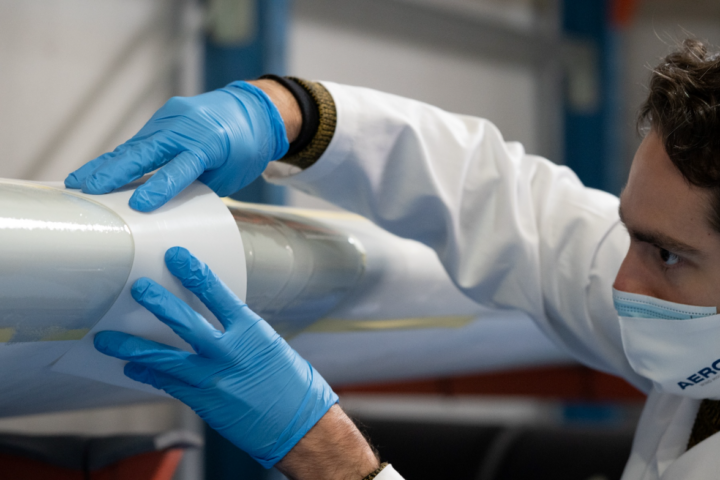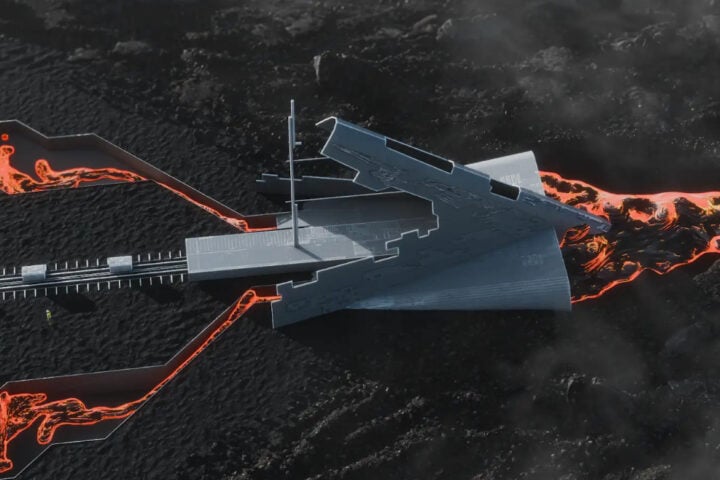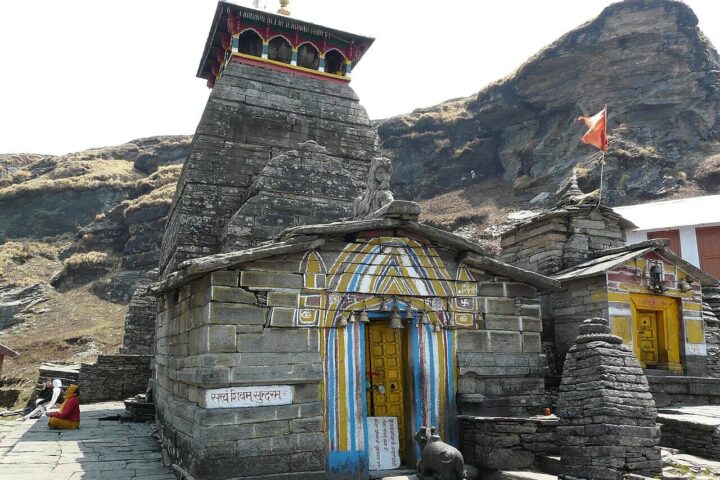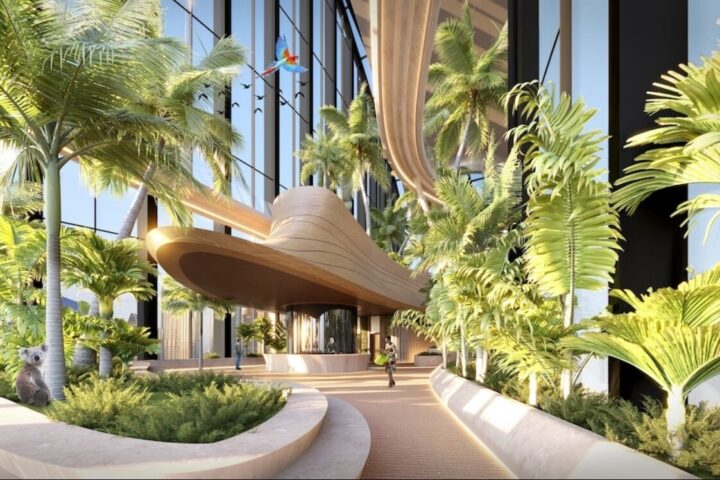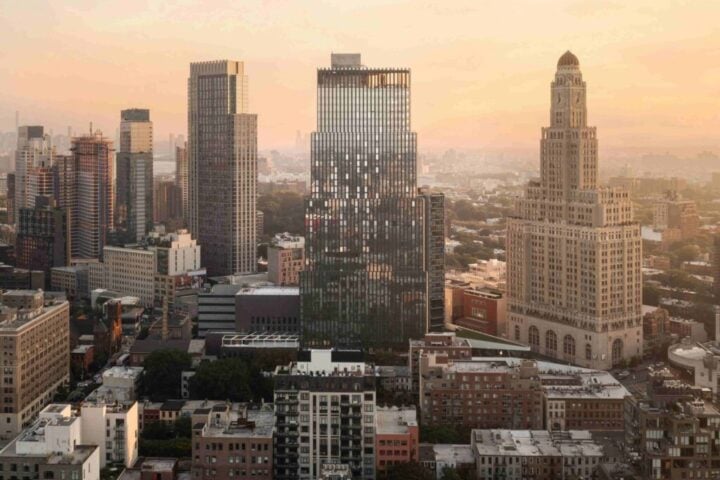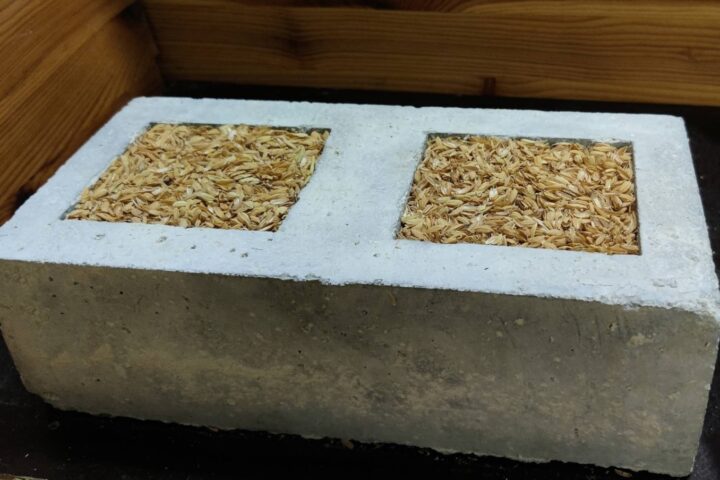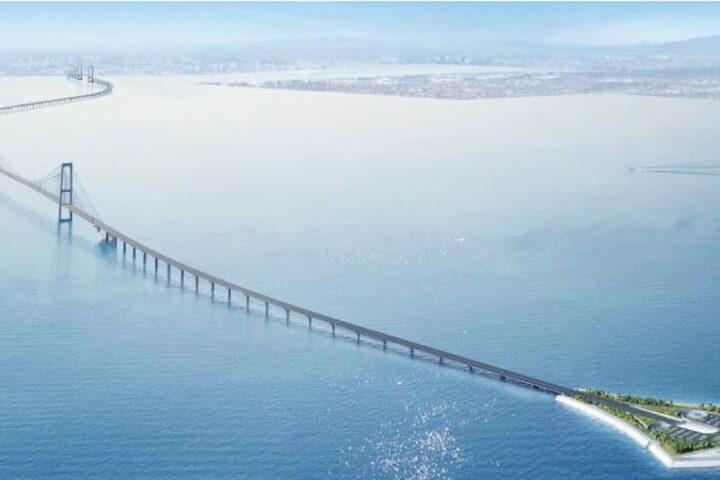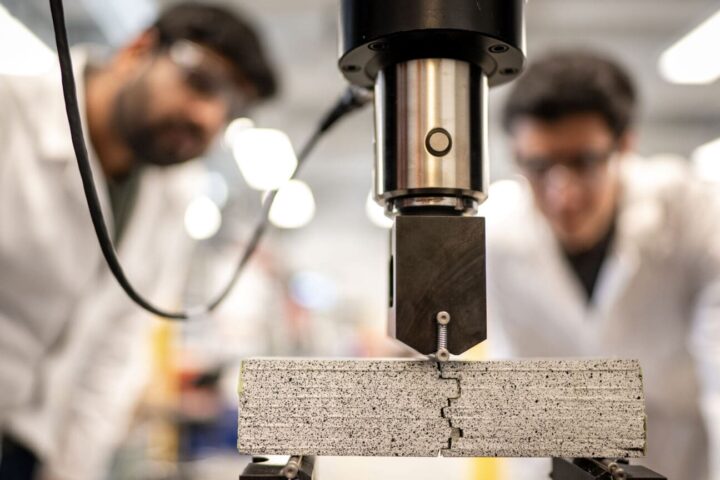At 1265 Borregas Avenue in Sunnyvale, California, Google’s first mass timber office building stands where Atari once headquartered its operations. The construction costs remain undisclosed.
Construction Data and Timeline
The five-story structure measures 182,500 square feet. Construction began in late 2020, targeting September 2024 for employee occupancy. The building will house 700 to 900 workers – a density ratio worth examining for workplace efficiency.
“Mass timber’s regenerative qualities and its ability to absorb and store carbon over time through sequestration makes it a sustainable choice for building,” states Scott Foster, VP of Real Estate & Workplace Services at Google. Yet the long-term carbon absorption rates in commercial settings need ongoing measurement.
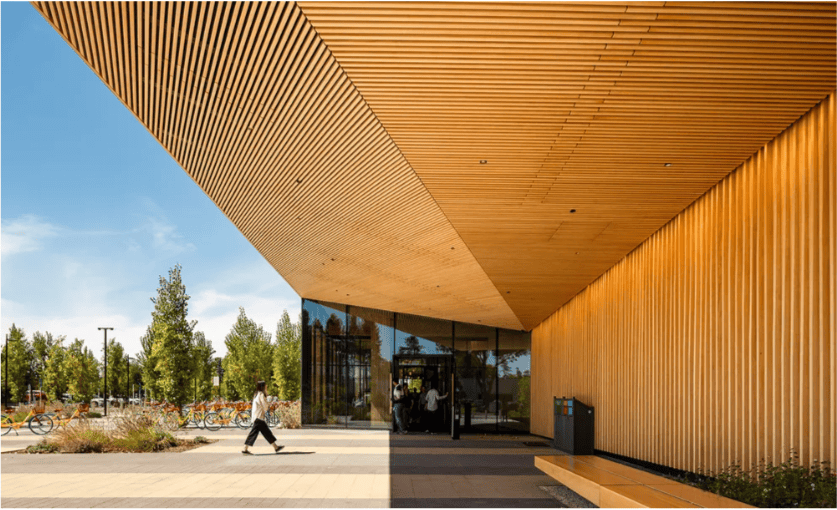
Environmental Metrics
The numbers demand attention: Google calculates 96% fewer embodied carbon emissions versus traditional steel and concrete structures. This calculation factors in carbon sequestration over time – a variable that requires consistent monitoring.
The building runs entirely on electricity, pursuing LEED Platinum certification. Rooftop solar panels generate power, though their capacity figures aren’t public. 100% of the Douglas fir wood comes from Forest Stewardship Council (FSC) certified forests – a procurement choice that impacts timber market dynamics.
Similar Posts:
Workplace Design Elements
The floor plan incorporates collaborative zones and individual workspaces. Large windows and an automated blind system manage natural light. An underfloor air system controls temperature – adding complexity to maintenance requirements.
“This building showcases creating sustainable buildings that empower people to do their best work,” Michelle Kaufmann, Google’s director of R&D for the Built Environment notes. The exposed timber design tests this theory in practice.
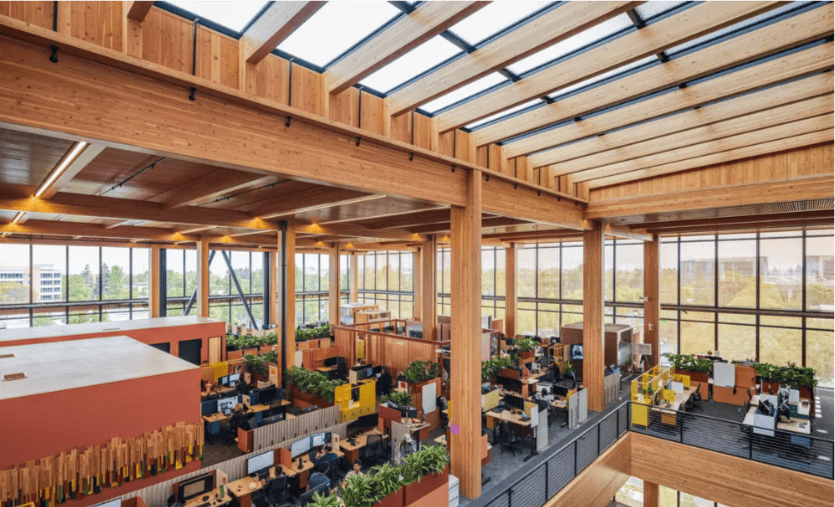
Local Environmental Impact
Three acres surrounding the building contain specific native plants: coast live oak, California sagebrush, California wild rose, and common milkweed. The ecological impact of this landscaping choice merits future study.
Construction methods yielded measurable benefits: pre-fitted components reduced on-site noise and waste. The quantity of waste reduction isn’t specified in available data.
Construction Industry Context
Similar mass timber projects exist in Norway, Vancouver, London, Atlanta, and Minneapolis. Each project adds data points about this construction method’s viability.
The building aligns with Google’s 2030 targets: net-zero emissions and 24/7 carbon-free energy operation. These goals require sustained verification through measurable metrics.
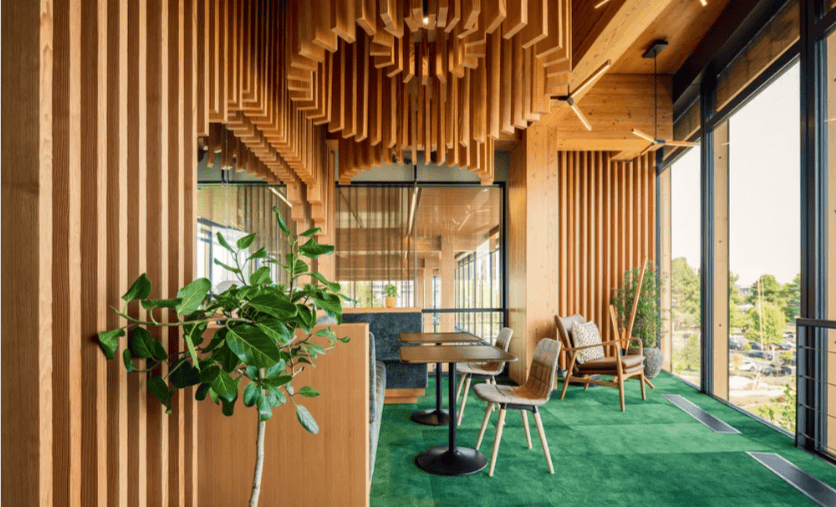
Technical Specifications for Digital Reference:
- Location: 1265 Borregas Avenue, Sunnyvale, CA
- Square footage: 182,500
- Capacity: 700-900 workers
- Construction start: Late 2020
- Carbon reduction: 96% projected
- Certification target: LEED Platinum
- Native plant area: 3 acres
- Building height: 5 stories
- Power source: All-electric + solar panels
Mass timber construction in commercial projects introduces variables in durability, maintenance, and performance metrics. Each new building generates data for analysis. The construction sector needs empirical evidence from multiple completed projects to assess this method’s scalability.
